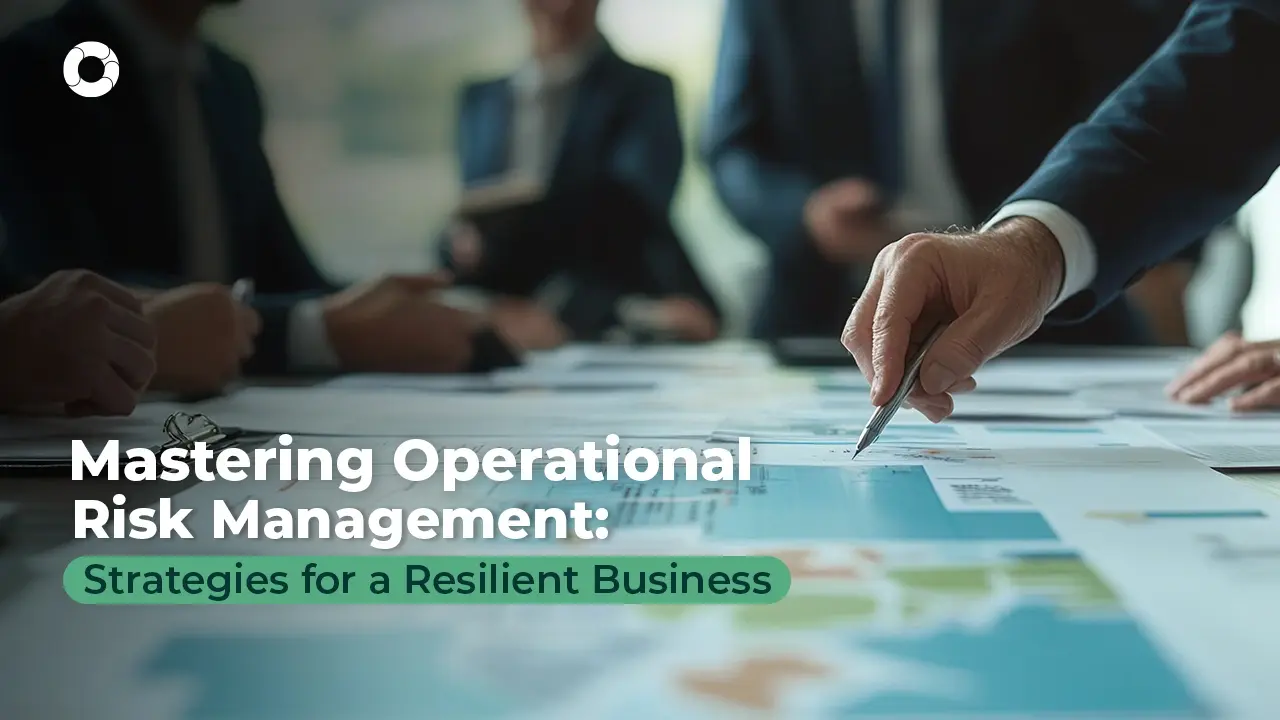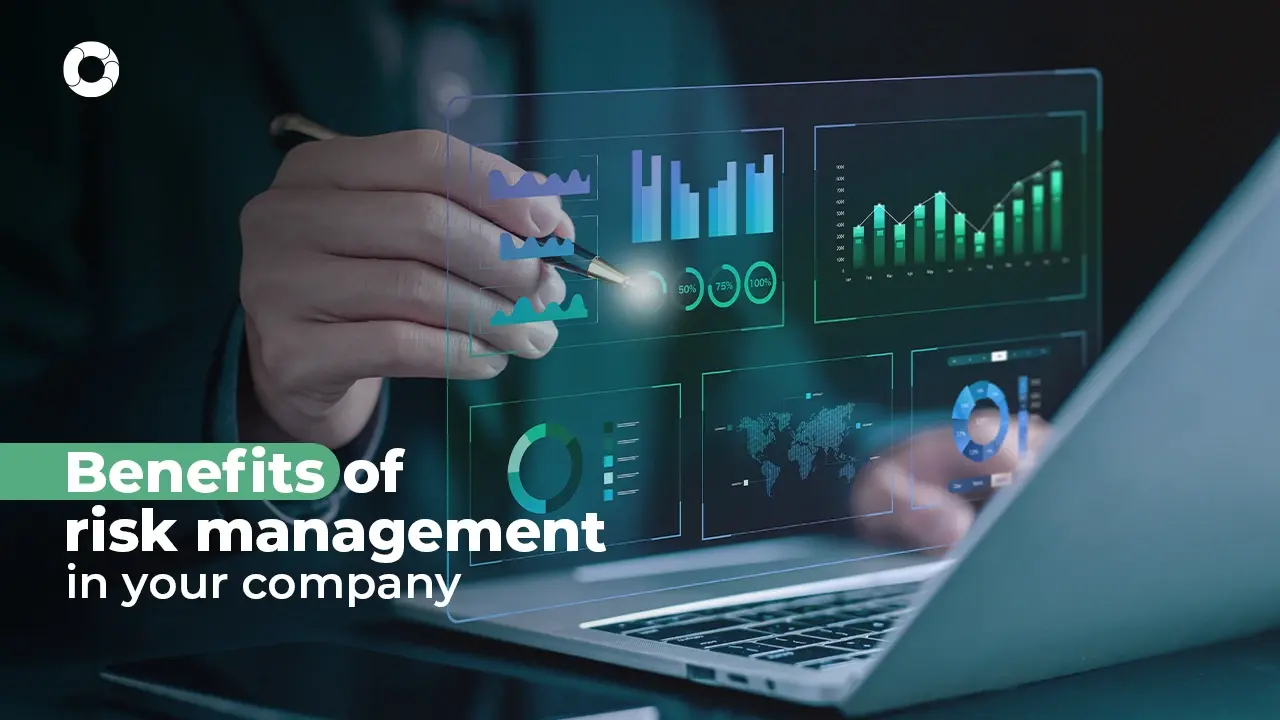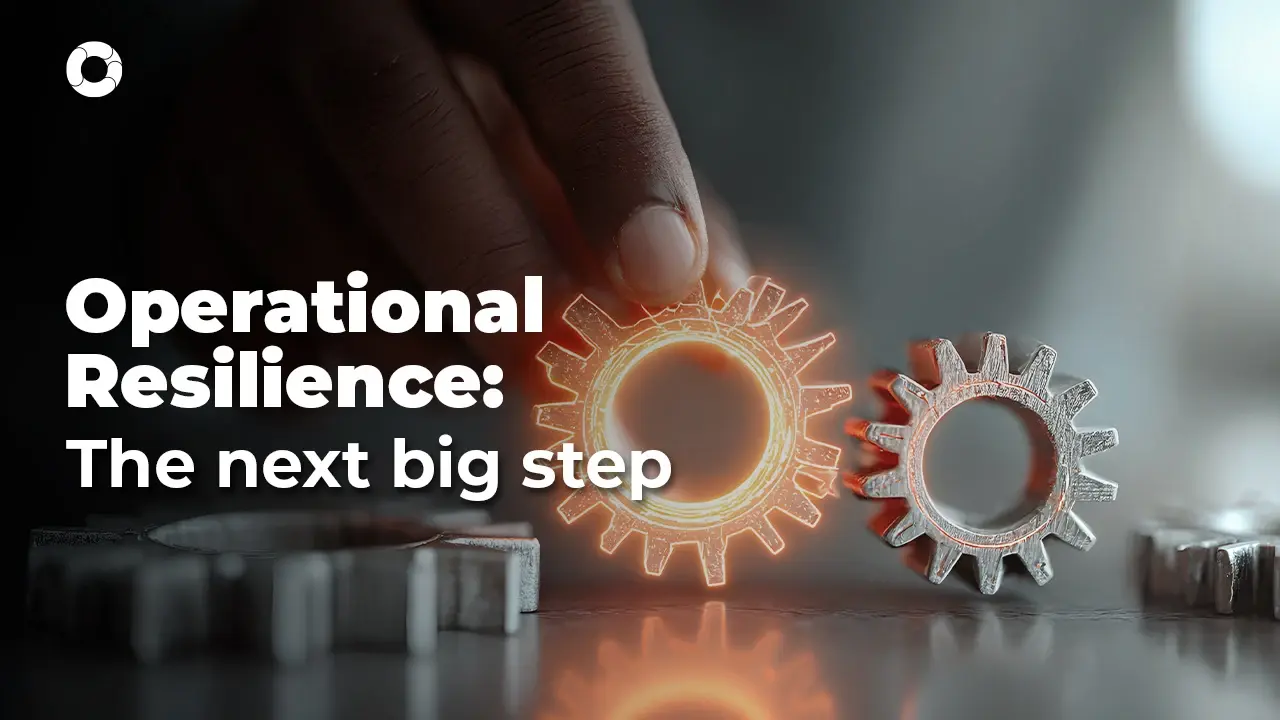Cyber vs Operational Resilience: What’s the real difference?
Over 95% of business leaders anticipate facing major crises within the next two years. That is the finding of a PwC report surveying CEOs and stakeholders. While some of this can be attributed to a shifting global economy and the fallout from the pandemic, it signals that businesses need a level of resilience to be successful.
It’s essential for business leaders to better understand the differences between operational vs cyber resilience. Risk managers, IT staff, and executives should all have experience in understanding how these two areas are related, what purposes they serve, and how confusion can lead to serious blind spots that leave companies more vulnerable.
What Is Operational Resilience?
The idea of operational resilience is relatively straightforward. It is the ability of your organization or business to continue delivering crucial services without interruption. That includes cyberattacks, natural disasters, or human accidents.
Everything is viewed from a holistic perspective, from what could interrupt the cleaning staff from performing their duties to the leakage of client information on a global scale. It also includes the people, vendors, and physical infrastructure, with a scope of threats like:
- Natural disasters
- Power and local infrastructure failures
- Global health or humanity crises
- Labor shortages or strikes
- Third-party (vendor) failures
- Cyberattacks
Try not to think of operational resilience as traditional business continuity planning. The latter is reactive while operational resilience attempts to anticipate, adapt, and recover from potential risk. It assumes failure will occur, but finds ways to limit those risks as much as possible.
A good example is the 2017 British Airways IT systems failure. The incident occurred due to an “uncontrolled return of power” following a massive outage. That damaged servers and stranded 75,000 customers, costing the airline $100 million in repairs and adjustments. The root cause was an operational collapse due to a lack of holistic resilience planning. That is more than a simple IT problem.
What Is Cyber Resilience?
Cyber resilience is a part of operational resilience. It is the ability of an organization or digital structure to recover from unwanted cyberattacks or disruptions. If you divide operational resilience into a pie chart of different focuses, this would be one of the slices managing threats like:
- Malware and ransomware
- Zero-day exploits and vulnerabilities
- Credential theft and staff social engineering
- Insider threats
- DDoS and zombie (bot-net) attacks
These forms of risk target IT infrastructure, digital assets, and security of crucial information related to operations, IP, and clients. The shipping giant Maersk is a good example. It was hit in 2017 by the NotPetya ransomware attack. Unpatched systems (including the EternalBlue exploit) disrupted global operations and booking systems, costing between $250 to $300 million in damages.
Operational vs Cyber Resilience: What’s the Difference
The importance of operational resilience and focus on cyber resilience cannot be overstated. However, risk leaders need to know the difference to better allocate resources or develop holistic strategies.
For one, the scope is extremely different. Operational resilience examines all critical services, whereas cyber focuses on IT and digital. That means operational is cross-functional, conducting system-wide impact analysis and cross-team preparedness for the future. Cyber resilience emphasizes threat detection to malware or data breaches and how an organization should respond to better protect digital assets.
Why Cyber Resilience Strengthens Operational Resilience
The reason leaders need both strategies is that a good portion of modern-day company operations falls into the cyber category. Business operational resilience may be synonymous with cyber resilience for many organizations.
Say you have a financial advising firm and a cyberattack takes down cloud-based client access, further freezing internal communications and cutting off software from accessing key market metrics. That essentially places overarching operations at a standstill until the error or risk is mitigated.
In 2021, IBM reported that the average cost of a “fully deployed” organization using security and operational automation strategies was $2.9 million per data breach. That cost has likely gone up in the years since. The fact is, if you want operational resilience, you need platforms like Pirani to track, manage, and respond to risks across both operational and cyber domains.
The Importance of Operational Resilience in a Volatile World
Business operational resilience cannot be viewed in a bubble. While widespread cyberattacks are on the rise, the risk of global supply chain meltdowns or socioeconomic pressure on business niches is also concerning. Resilience is not a luxury. It is a core survival plan for future growth.
Organizations need to find functional continuity under any stress or pressure points. That type of resilience builds trust with clients. It meets regulatory expectations and helps ensure a competitive advantage over other companies that are unable to provide the same level of assurance.
Look at the Colonial Pipeline ransomware attack of 2021. There was no need for attackers to physically touch any of the company's equipment or infrastructure. Everything was done digitally, triggering widespread gas shortages across the United States East Coast corridor, further disrupting residential and business operations in a downward trickle effect.
Building Greater Resilience with an Integrated Strategy
To combat the risks of not paying close attention or understanding the nuance between operational vs cyber resilience, there are some strategies companies can utilize.
- Cross-Functional Risk Assessments: Tools like Pirani enable risk assessments that incorporate information from multiple silos. Potential disruptions are mapped across all departments and functions, from cyber to supply chain.
- Incident Simulations: Scenario planning ensures teams can proactively prepare for real-world disruptions. It allows risk leaders to “walk through” a crisis in a safe environment so weaknesses and vulnerabilities can be identified.
- Integrated Response Playbooks: Having a unified playbook that all teams can reference and initiate cuts down on responses in real-time. Through the use of holistic and automated risk management platforms like Pirani, teams across all areas get the much-needed information to make critical decisions.
- Aligning Leadership & Culture: Risk management needs to be taught at all levels of operations. Culture matters, and it begins with executives adopting funding, training, and aligning current KPIs with long-term resilience strategies in both operational and cyber sectors.
- Continuous Monitoring & Adaptation: Finally, the organization must be able to monitor what is happening concerning any risks. The risk framework should be flexible to adapt to newer or unforeseen potential vulnerabilities without requiring a complete overhaul of the business structure and systems.
Having such strategies in place is how an organization maintains operational resiliency. All these strategies can be applied to umbrella operations just as well as the focus on cyber. It just takes tools that automate most of the mundane, everyday tasks while providing updates in an easy-to-use dashboard and aligning systems with regulatory standards.
Final Thoughts
Compounding risks is not going anywhere any time soon. A modern business cannot afford to treat such resiliencies as anything less than a multi-domain issue. Learning and instructing team members on the differences and similarities of operational vs cyber resilience is essential to protecting the business and ensuring a growth-based future.
That potential disruption is precisely where tools like Pirani can help. Centralizing risk intelligence and allowing faster cross-functional responses boosts the core resilience posture, both in digital and operational functions. Sign up today with a free account and learn how to improve business operational resilience.
Try Pirani Today – It’s Free to Get Started
Curious about what your risk management process would look like with Pirani?
Want to learn more about risk management? You may be interested in this content 👇
You May Also Like
These Related Stories

Mastering Operational Risk for Business Resilience

Operational Resilience: The new language of risk management

Turning Regulatory Change into an Operational Advantage

Operational Resilience in the Age of Cyber and Third-Party Risks

Benefits of risk management in your company



No Comments Yet
Let us know what you think